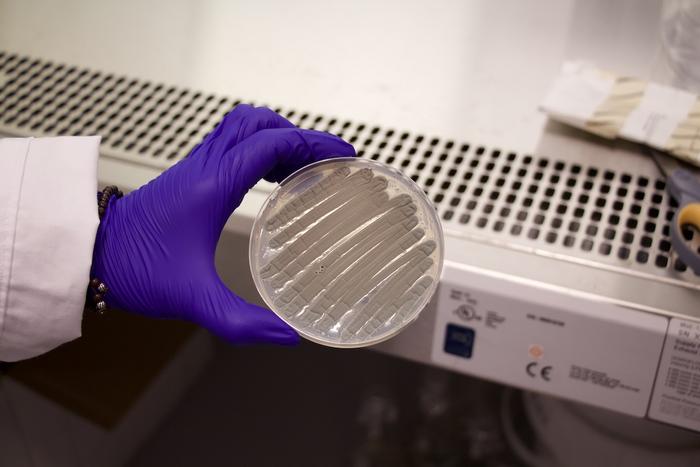In December 2024, Saad Alghamdi, PhD, an expert in infectious diseases at the Umm axl-Qura University in Makkah, Saudi Arabia, and his colleagues reviewed the role of fungal secondary metabolites across a range of applications, including pharmaceuticals. In fungi, secondary metabolites, such as alkaloids and non-ribosomal proteins, participate in communication and protection, but they can also be used as biotherapeutics, such as antibiotics.
“Efficient bioprocessing and scaling-up of fungal metabolite production is crucial for transitioning laboratory discoveries into industrial-scale operations,” Alghamdi’s team explained.
Scientists keep improving the bioprocessing of fungal metabolites through automated control of oxygen concentration, pH, and temperature. The biggest gains in producing fungal secondary metabolites, though, come from an orchestrated method of bioprocessing.
As Alghamdi and his colleagues noted: “By applying a collective approach to genetic engineering, advanced fermentation technologies, synthetic biology, and improved bioprocessing techniques, it is possible to gain huge production of [secondary metabolites] from fungi.”
In terms of genetic engineering, editing techniques, such as CRISPR-Cas9, can be used to modify a strain of fungus to produce more of the intended product. Also, Arnold Driessen, PhD, professor of molecular microbiology at the University of Groningen in The Netherlands, and his colleagues showed that synthetic biology can be used to modify Penicillium rubens to make various compounds, including new drugs.
Capturing these products requires various methods of downstream processing, such as membrane filtration or supercritical fluid extraction. The approach to producing a product, though, can simplify anything needed downstream. From the synthetic work on P. rubens, for example, Driessen’s team wrote: “A major advantage of the platform strain is that novel heterologous compounds can be purified with reduced interference from endogenous secondary metabolites.”
Despite all of today’s options for optimizing the bioprocessing of fungal secondary metabolites, Alghamdi and his colleagues pointed out the need for further improvements. As these scientists concluded: “Biotechnological innovations hold the promise of revealing the full potential of fungi as microbial cell factories.”


